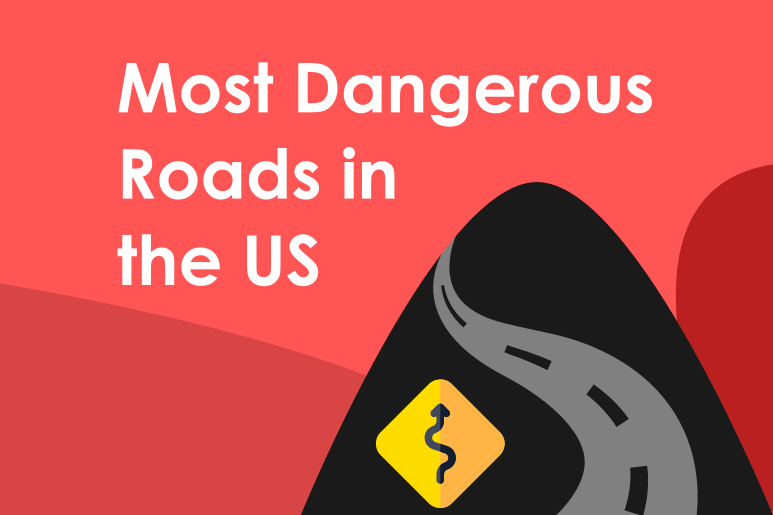Top 31 Most Dangerous Roads in the US for Truckers
As a truck driver, you and your company are probably aware of the most dangerous roads and highways.
Driven by statistics, we are highlighting 31 of the most dangerous routes in the US.
Keep reading to see if your usual routes are listed here.
Table of Contents
2. PACIFIC HIGHWAY 1 – CALIFORNIA
3. HIGHWAY 1 – FLORIDA
4. THE MILLION DOLLAR HIGHWAY IN COLORADO
5. I-45 – HOUSTON
6. U.S. ROUTE 212 IN MONTANA
7. I-15 FROM LOS ANGELES TO LAS VEGAS
8. INTERSTATE 285 IN ATLANTA
9. HIGHWAY 2 IN MONTANA
10. U.S. ROUTE 199 IN NORTHERN CALIFORNIA
11. HIGHWAY 160 IN COLORADO
12. U.S. ROUTE 1 IN MAINE
13. U.S. 431 IN ALABAMA
14. CALIFORNIA STATE ROUTE 138
15. I-95 IN CONNECTICUT
16. GOING-TO-THE-SUN ROAD MONTANA
18. INTERSTATE 70 COLORADO – RESORT GATEWAY
19. US HIGHWAY 83 – TEXAS
20. INTERSTATE 35 – THE NORTH/SOUTH CORRIDOR TEXAS
21. INTERSTATE 19 – ARIZONA
22. INTERSTATE 17 – ARIZONA
23. INTERSTATE 10 – ARIZONA
24. I-95 IN MIAMI
25. INTERSTATE 85 – CHARLOTTE
26. U.S. ROUTE 175 IN DALLAS
27. INTERSTATE 26 SOUTH CAROLINA
28. U.S. 24 FORT WAYNE TO TOLEDO
29. INTERSTATE 4
30. HIGHWAY 99, CALIFORNIA
31. HIGHWAY 17 IN SOUTH CAROLINA
1. The Dalton Highway in Alaska
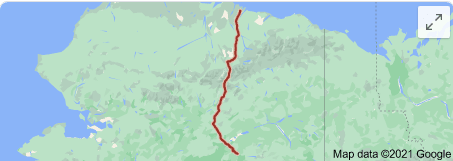
The Dalton Highway is a 414-mile road in Alaska. It begins at the Elliott Highway, north of Fairbanks, and ends at Deadhorse near the Arctic Ocean and the Prudhoe Bay Oil Fields.
There are threats of sub-zero temperatures, avalanches, blizzards, and icy roads.
What makes this drive extra scary is its 240-mile stretch with no gas stations, restaurants, hotels, or any other basic services. Making this trip requires driving a vehicle capable of handling difficult conditions and bringing extra fuel, water, food, first aid supplies, spare tires, appropriate clothing, and other emergency gear.
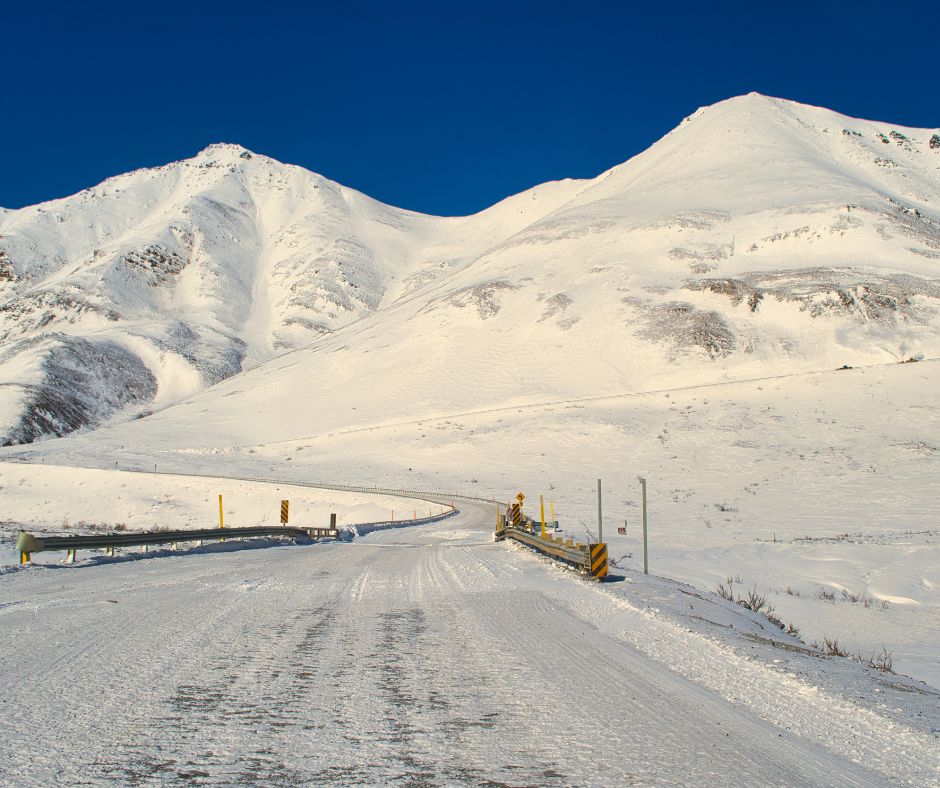
2. Pacific Highway 1 – California

State Route 1 is a major north-south state highway that runs along most of the Pacific coastline of the U.S. state of California. At a total of just over 656 miles.
It has an extreme weather system, where the danger of mud and landslides can be a threat. In the Big Sur region, Highway 1 narrows almost entirely one lane each way.

3. Highway 1 – Florida
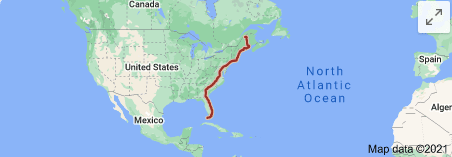
U.S. Route 1 or U.S. Highway 1 runs 2,369 miles, from Key West, Florida north to Fort Kent, Maine, at the Canadian border, making it the longest north-south road in the United States.
This overseas highway in Florida runs 545 miles and it isn’t for anyone who has a fear of bridges or water. According to a recent report from vehicular data management company Geotab, there were 1,079 fatal crashes registered in the last decade.
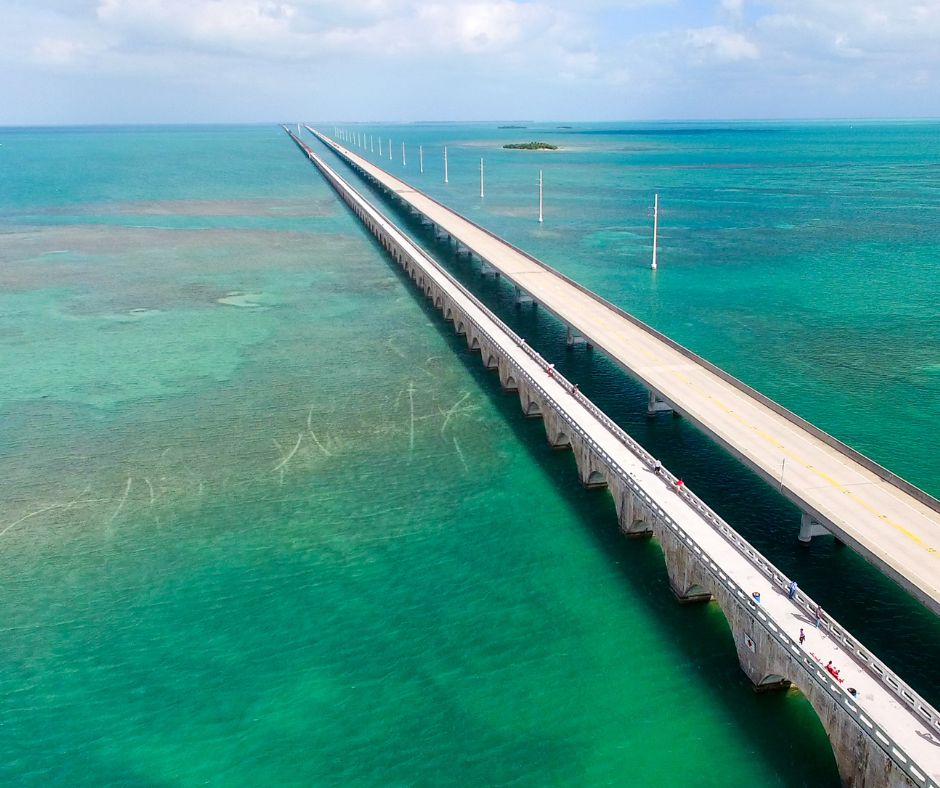
4. The Million Dollar Highway in Colorado
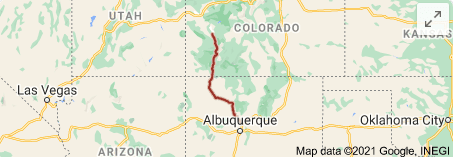
U.S. Route 550 is a spur of U.S. Highway 50 that runs from Bernalillo, New Mexico to Montrose, Colorado in the western United States.
Red Mountain Pass is one of the most dangerous roads in the state to navigate during winter weather due to its steep drop-offs and high risk of avalanches.
It has three 10,000-foot mountain passes, and winds across steep cliffs and hairpin curves, all without guardrails.
Don’t miss out: 9 Essential Winter Driving Tips For Truck Drivers
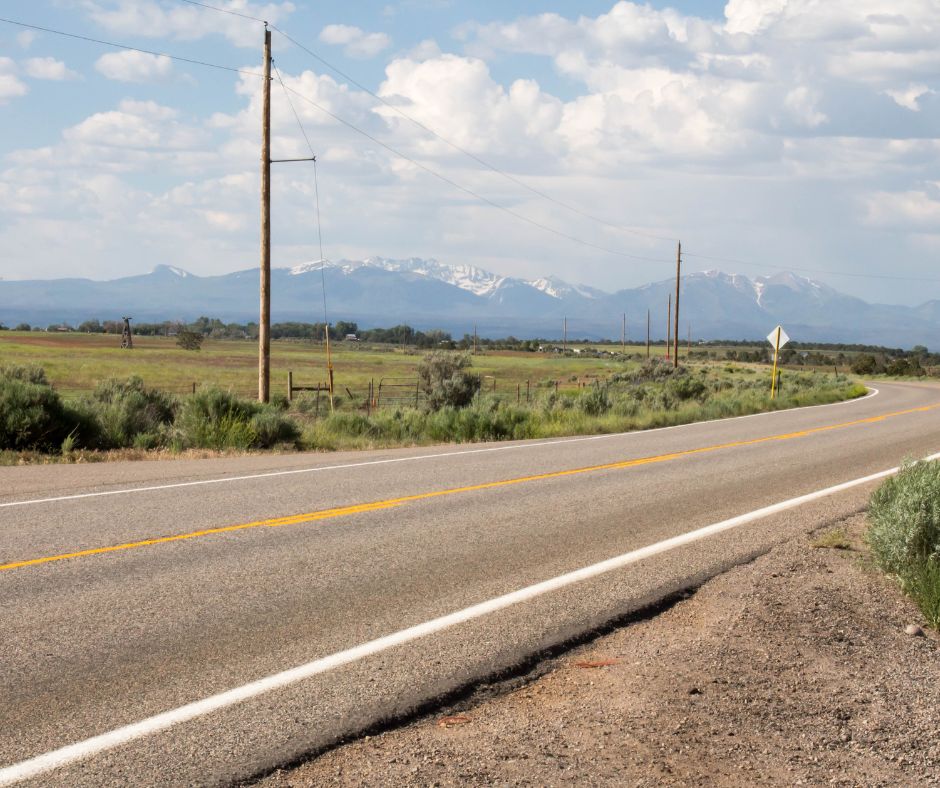
5. I-45 – Houston
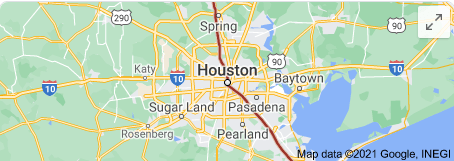
Interstate 45 is a major Interstate Highway located entirely within the U.S. state of Texas.
With 56.5 fatal accidents for every 100 miles of roadway, the scariest part is through Houston, where officials blame people simply not obeying traffic laws—texting while driving, driving drunk, and driving at excessive speeds – as the main culprit for the deaths.
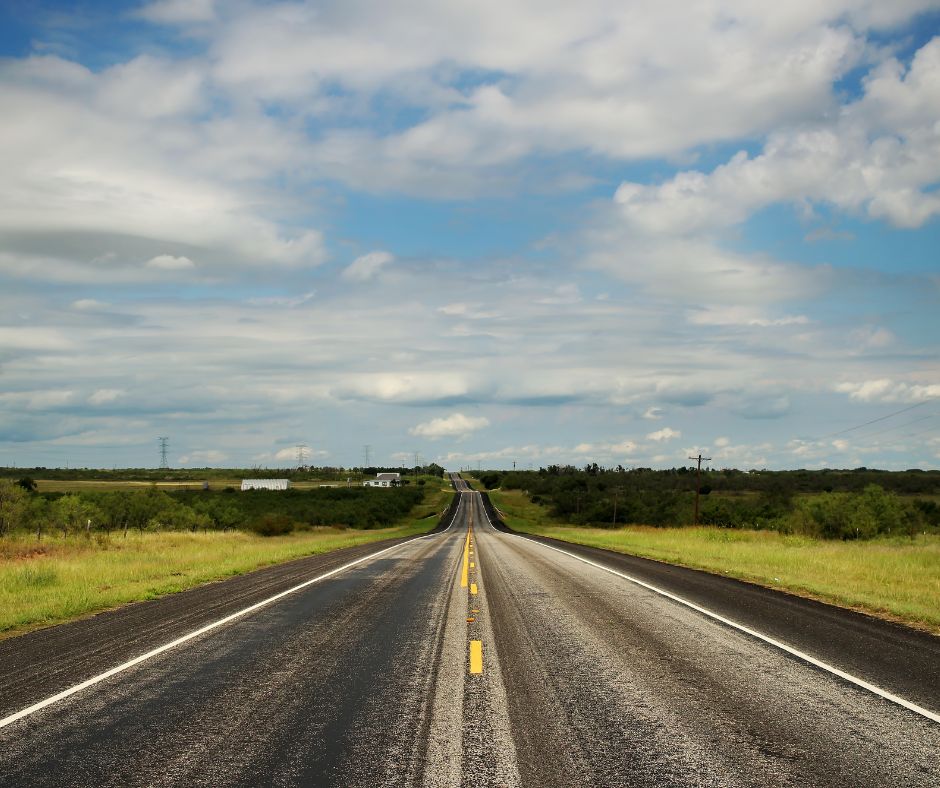
6. U.S. Route 212 in Montana

U.S. Route 212 is a spur of U.S. Route 12. It runs for 949 miles from Minnesota Highway 62 at Edina, Minnesota to Yellowstone National Park. It`s also known as Beartooth Highway.
There are heights of 10,000 feet, so at that elevation prepare for steep drops and hairpin turns, and downright nasty weather.
Fortunately, the road is at least a little safer than it was when it first opened in 1936 when the two-lane road was all gravel and only 14 feet wide.

7. I-15 from Los Angeles to Las Vegas

I-15 begins near the Mexico–US border in San Diego County and stretches north to Alberta, Canada, passing through the states of California, Nevada, Arizona, Utah, Idaho, and Montana.
The 180-mile stretch has had more fatalities than anywhere else in the state. Most traffic fatalities can be attributed to excessive speed, alcohol impairment, or failure to wear seat belts.
Drivers distracted while texting, eating, or using their cell phones are also a growing concern.

8. Interstate 285 in Atlanta
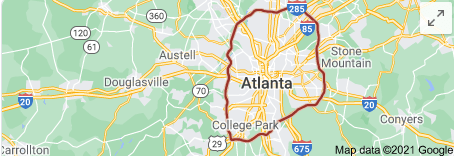
Interstate 285 is an Interstate Highway loop encircling Atlanta, Georgia, for 63.98 miles. It connects the three major interstate highways to Atlanta: I-20, I-75, and I-85
The road is so dangerous because of the city’s heavy traffic, the road’s sharp turns and interchanges, and a lot of tractor-trailers that drive on the highway.
Drivers on I-285 often switch lanes around these tractor-trailers causing big rigs to overturn or crash into other vehicles.
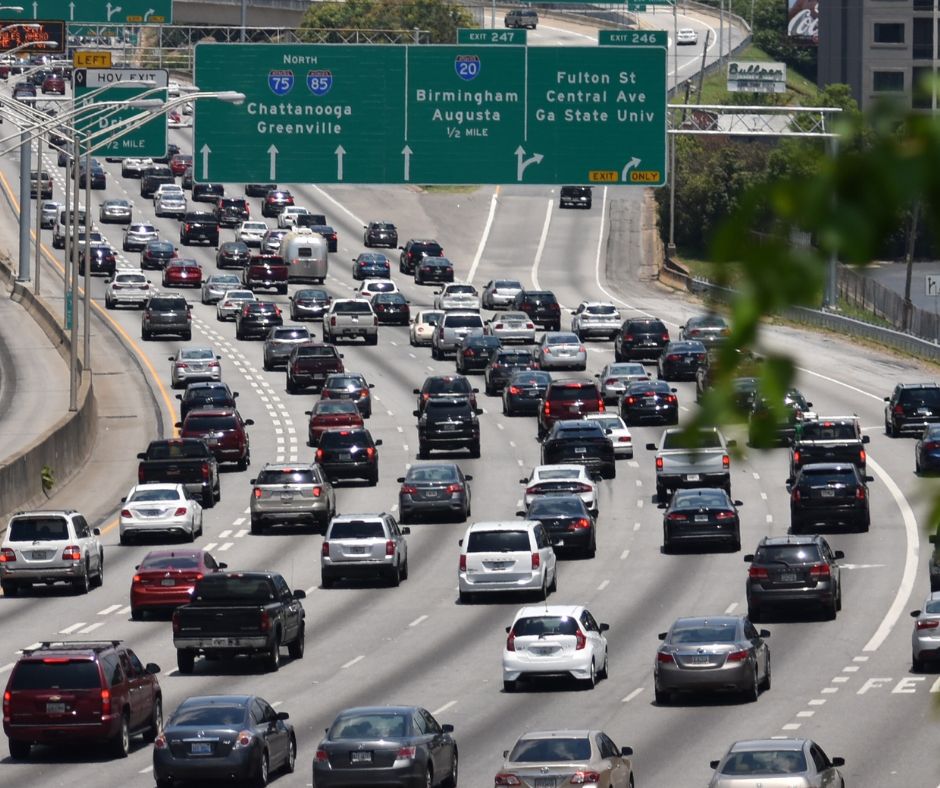
9. Highway 2 in Montana
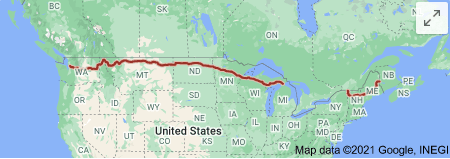
Montana Highway 2 is a 63.241-mile-long state highway in the southern part of the U.S. state of Montana. It extends from Interstate 15 and I-90 in Butte to I-90 in Three Forks.
Montana has the highest fatality rate in the U.S. Drivers drive very fast on this road and that`s when the crashes occur. Long stretches with little traffic encourage too many daredevils to test their car’s ultimate speed limit. Also, ambulances need longer transportation to get crash victims to hospitals.
By the National Highway Transportation Safety Administration, ambulance transportation is an average of 80 minutes in the vast plains, whereas in cities the average is 15 minutes.
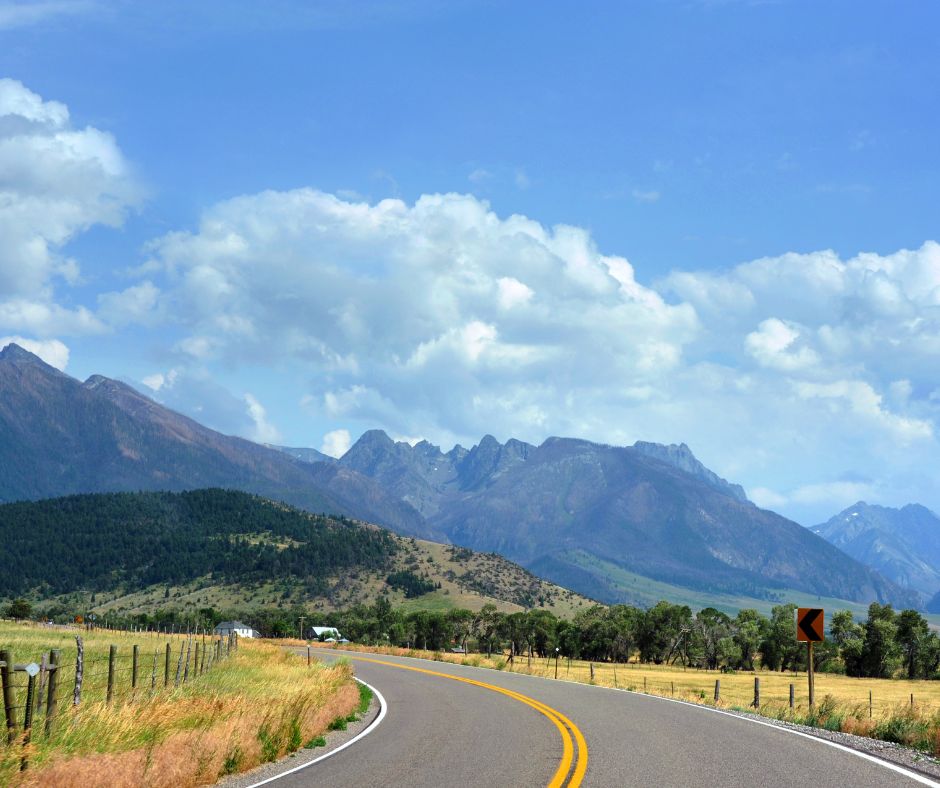
10. U.S. Route 199 in Northern California
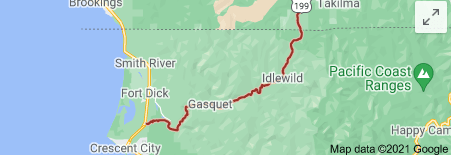
U.S. Route 199 is a U.S. Highway in the states of California and Oregon. It stretches 80 miles from US 101 near Crescent City, California northeast to I-5 in Grants Pass, Oregon.
It`s also known as Redwood Highway.
U.S. Route 199 contains a dangerous mixture of narrow and twisting lanes, with a great deal of distracting views for drivers. Most driver deaths from U.S. Route 199 car accidents are a result of vehicles swerving off the road and colliding with large trees.
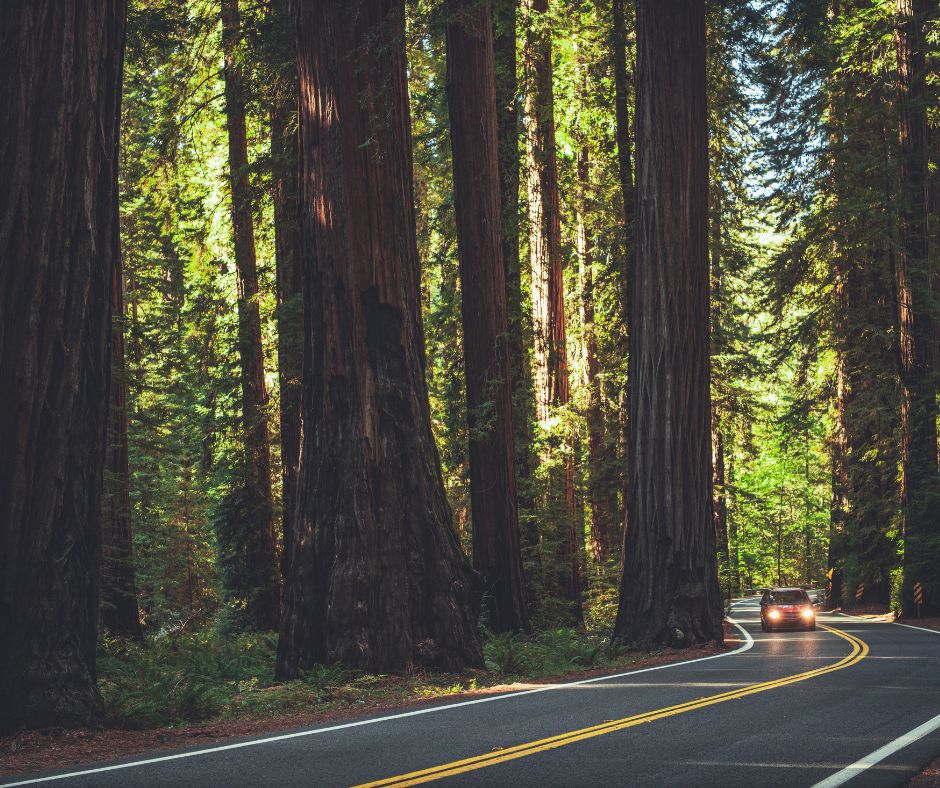
11. Highway 160 in Colorado
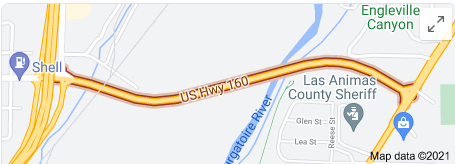
U.S. Route 160 is a part of the U.S. Highway System that travels from Tuba City, Arizona, to Poplar Bluff, Missouri.
This east-west national highway passes over the Continental Divide at Wolf Creek Pass at an elevation of 10,857 ft with an especially steep section full of hairpin turns and tight switches.
During the winter months, any of the passes can present difficulties.

12. U.S. Route 1 in Maine
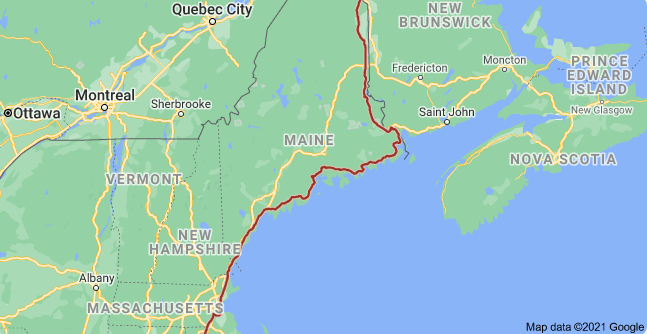
U.S. Route 1 in the U.S. state of Maine is a major north-south state highway serving the eastern part of the state.
It is a poorly signed road, with tight curves and moose wandering endlessly.
Fog and slippery conditions are possible all year round.
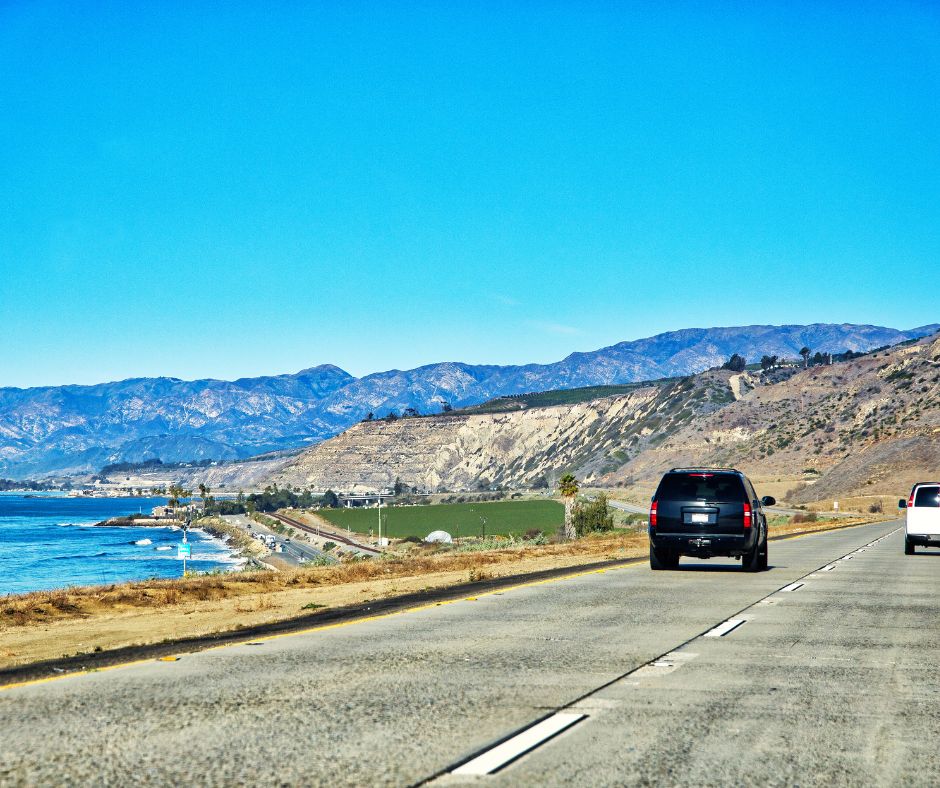
13. U.S. 431 in Alabama
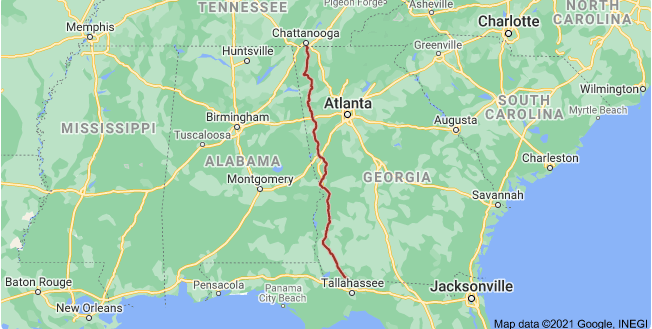
It’s a major north-south state highway across the eastern part of the U.S. state of Alabama.
Highway 431 is not only considered to be the most dangerous road in Alabama but the fourth-deadliest road in the country.
It`s so dangerous because of the numerous hazards that exist, including poor visibility, sudden lane changes from 2 to 4 lanes, lack of signage to indicate the change of lanes, and drivers who drive fast, unsafely, and make poor decisions.
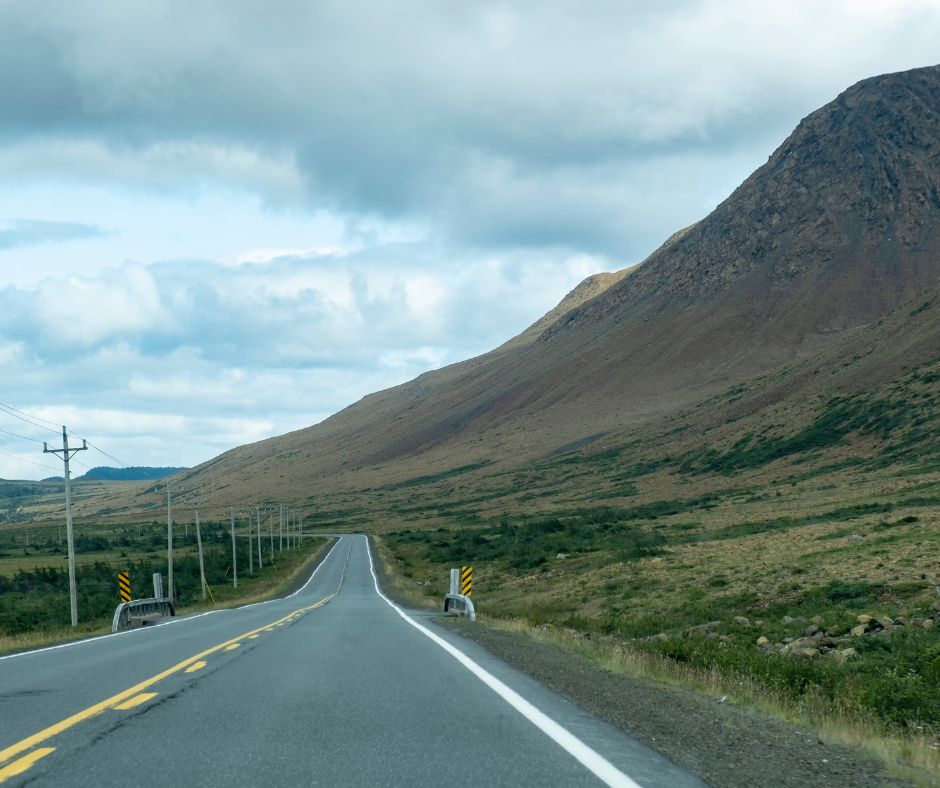
14. California State Route 138
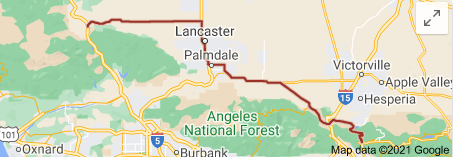
State Route 138 is an east-west state highway in the U.S. state of California that generally follows the northern foothills of the San Gabriel Mountains and the western Mojave Desert.
The route also provides views of beautiful but hazardous canyons that present the real possibility of plunging over. Sections of Route 138 are infamous for their steep, mountainous landscapes, sharp S-turns, and dramatic drop-offs.
This road used to average about 10 deaths per year.
However, in 2006, the government began improvements to the road in order to create wider lanes and better visibility.
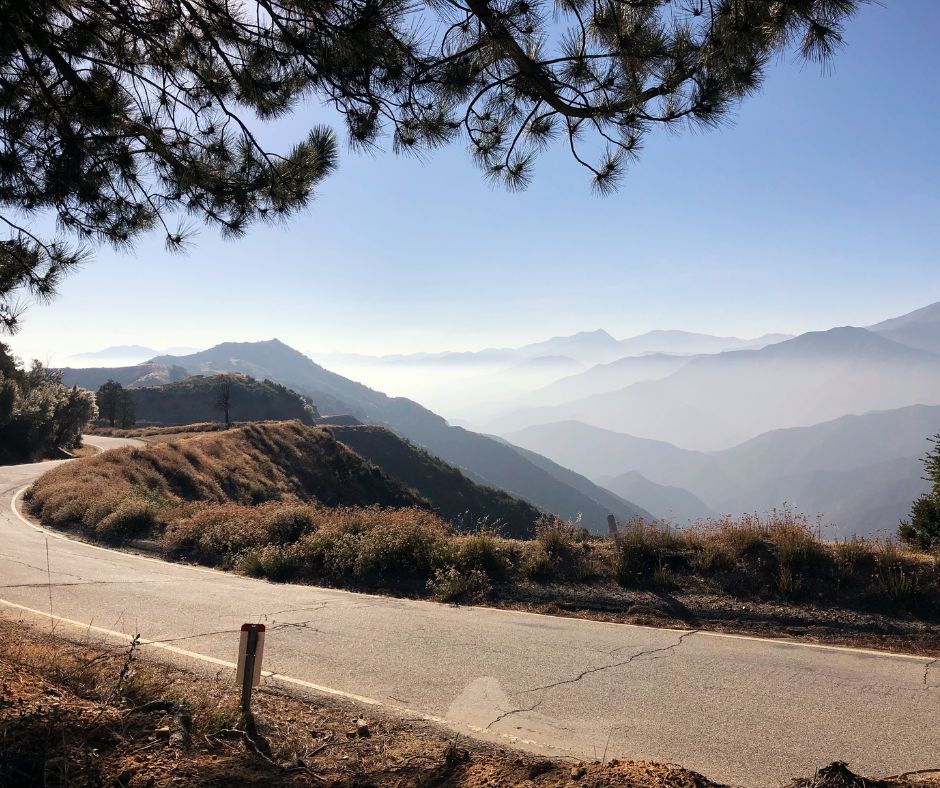
15. I-95 in Connecticut

Interstate 95 (I-95) is the main north-south Interstate Highway on the East Coast of the United States, running in a general east-west compass direction for 111.57 miles in Connecticut, from the New York state line to the Rhode Island state line.
According to Geotab, the stretch of I-95 in Connecticut saw 147 crashes and 164 fatalities.
The congestion of the city, plus curves and hills, are the main reasons.

16. Going-to-the-Sun Road Montana
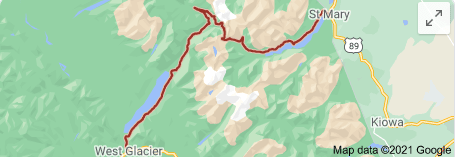
Going-to-the-Sun Road is a scenic mountain road in the Rocky Mountains of the western United States, in Glacier National Park in Montana.
The problem is that the 50-mile stretch of road that crosses Glacier National Park is extremely elevated, windy, and narrow.
Moreover, there are no guardrails.
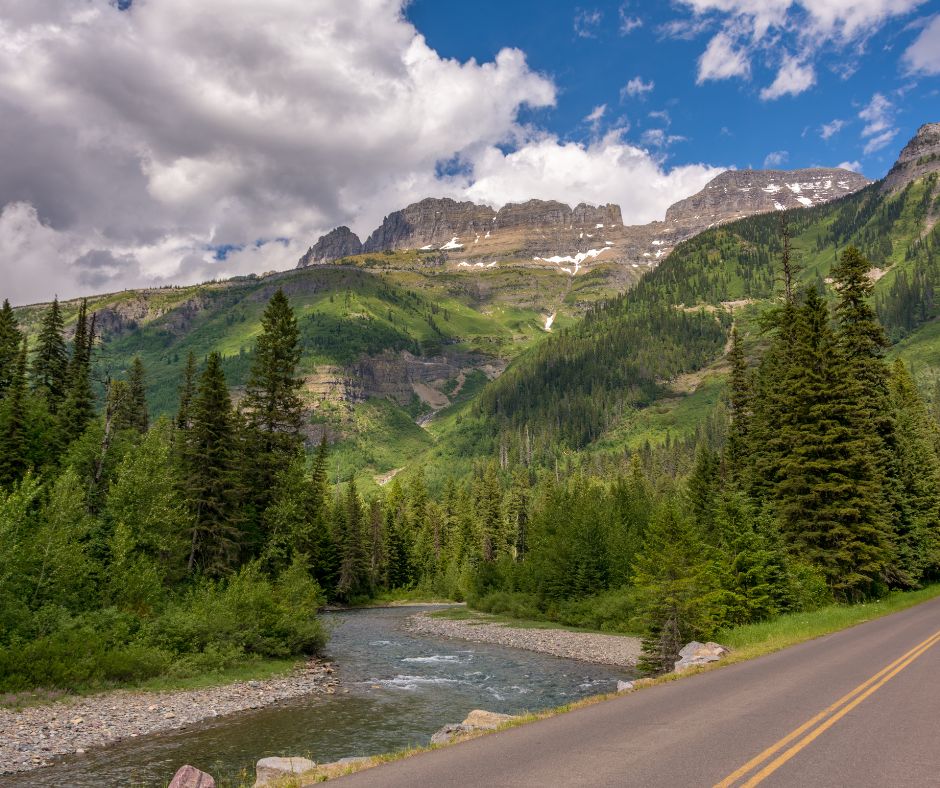
17. State Highway 470 in Colorado
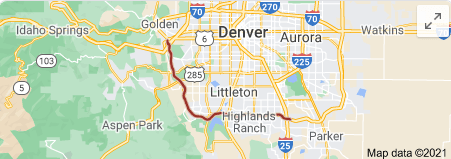
State Highway 470 is the southwestern portion of the Denver Metro area’s beltway.
Although a relatively brief ride of only 27 miles, it unfortunately is a magnet for car accidents.
Passing along the Front Range between Alameda and Jewell, SH 470 travels through some very steep terrain.
Some say the lack of guardrails heavily contributes to the dangerous environment.
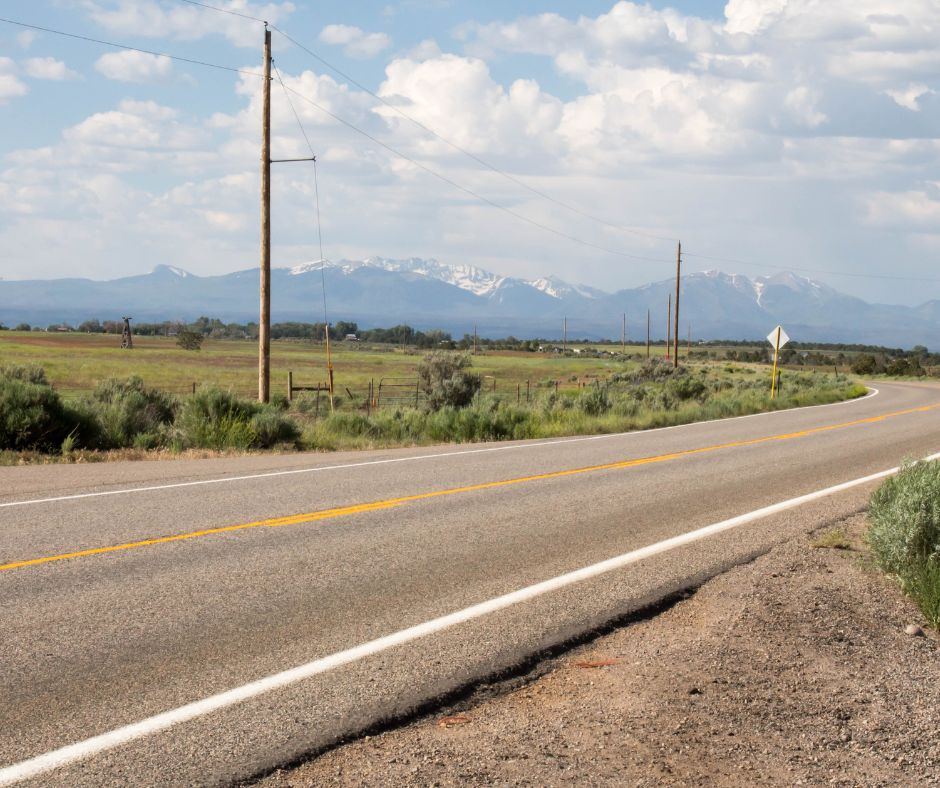
18. Interstate 70 Colorado – Resort Gateway
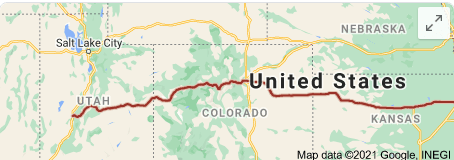
Interstate 70 is a major east-west Interstate Highway in the United States that runs from I-15 near Cove Fort, Utah, to a Park and Ride lot just east of I-695 in Baltimore, Maryland.
It passes over the continental divide via Loveland Pass at an altitude of 11,990 ft. This is the highest point anywhere in the U.S. interstate highway system. The route is known for stretches of steep grades, twisting turns, and treacherous winter conditions. The specter of altitude sickness going over the numerous passes poses a hazard as well. Add in heavy traffic laden with out-of-state drivers all headed to the ski resorts and it’s easy to see why car accidents are common. A route that is 90 minutes in summer can turn into a frustrating 3-4 hours snarled in bumper-to-bumper traffic.

19. US Highway 83 – Texas
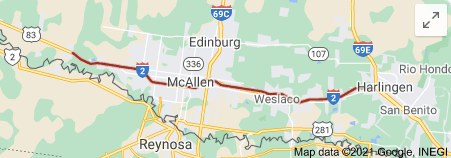
Also known as the Texas Vietnam Veterans Memorial Highway, US Highway 83 is infamous for having the second-highest fatal crash rate.
The sheer length of the highway in Texas—a staggering 900 miles of blacktop – it’s no wonder so many crashes take place on this dangerous road.
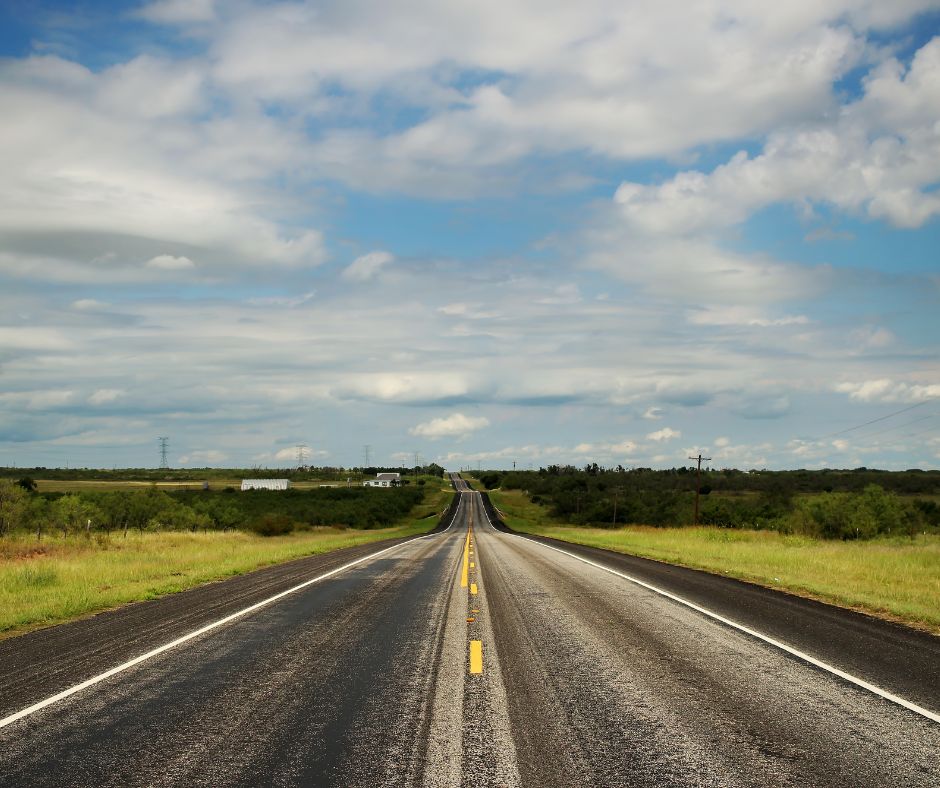
20. Interstate 35 – The North/South Corridor Texas

Interstate 35 is a major Interstate Highway in the central United States. As with most interstates that end in a five, it is a major cross-country, north-south route. It stretches from Laredo, Texas, near the Mexican border to Duluth, Minnesota.
The reason Interstate 35 is such a dangerous road is due to the sheer amount of commercial goods transported into and out of Mexico.
I-35 is the de facto route for thousands of semi-trucks using Texas as a launchpad for the rest of the continental United States.
Considering how difficult semi-trucks are to maneuver around, it’s no wonder why I-35 sees so many accidents each and every year.
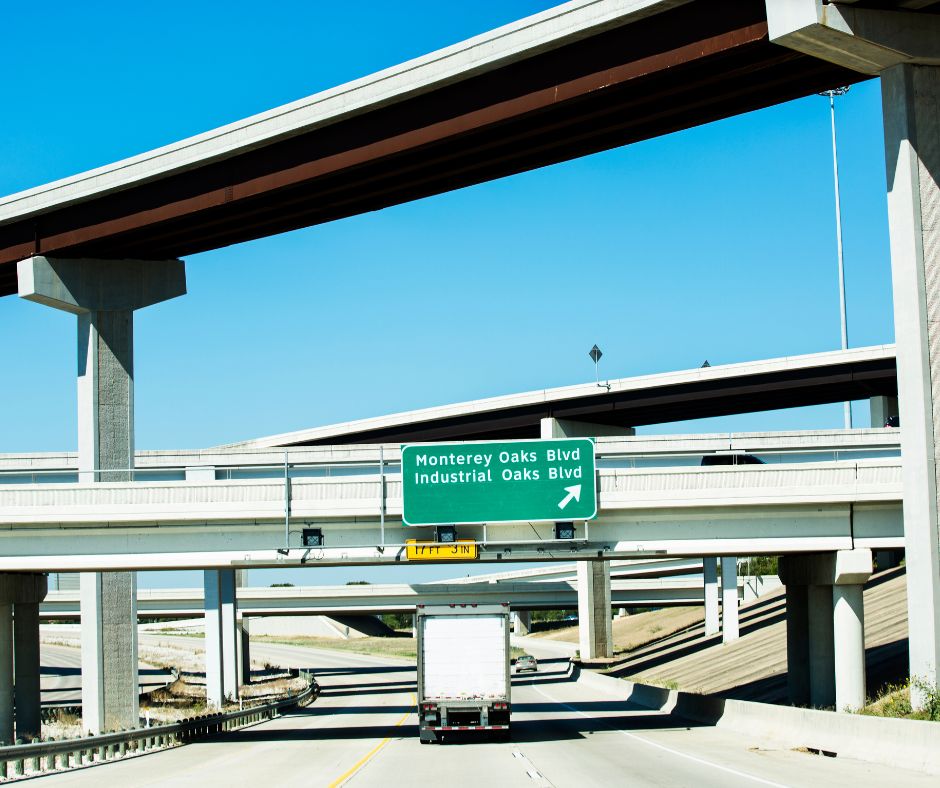
21. Interstate 19 – Arizona
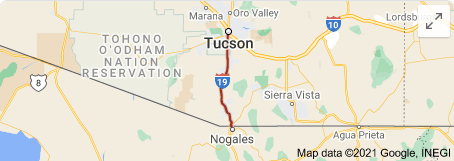
Interstate 19 is a north-south Interstate Highway located entirely within the U.S. state of Arizona. I-19 travels from Nogales, roughly 300 feet from the Mexican border, to Tucson, at I-10.
Interstate 19 is a relatively remote route that rides straight through the desert.
Officials blame the false sense of safety on the stretch as lulling drivers into accidents while lacking the needed attention on the road.

22. Interstate 17 – Arizona

Interstate 17 is a north-south Interstate Highway located entirely within the U.S. state of Arizona.
It`s connecting the desert landscape of Phoenix to the northern mountain city of Flagstaff in the 145-mile stretch.
The many scenic vistas come with fluctuations in elevation and terrain that can, at times, result in tricky road conditions, including ice, fog, and snow.
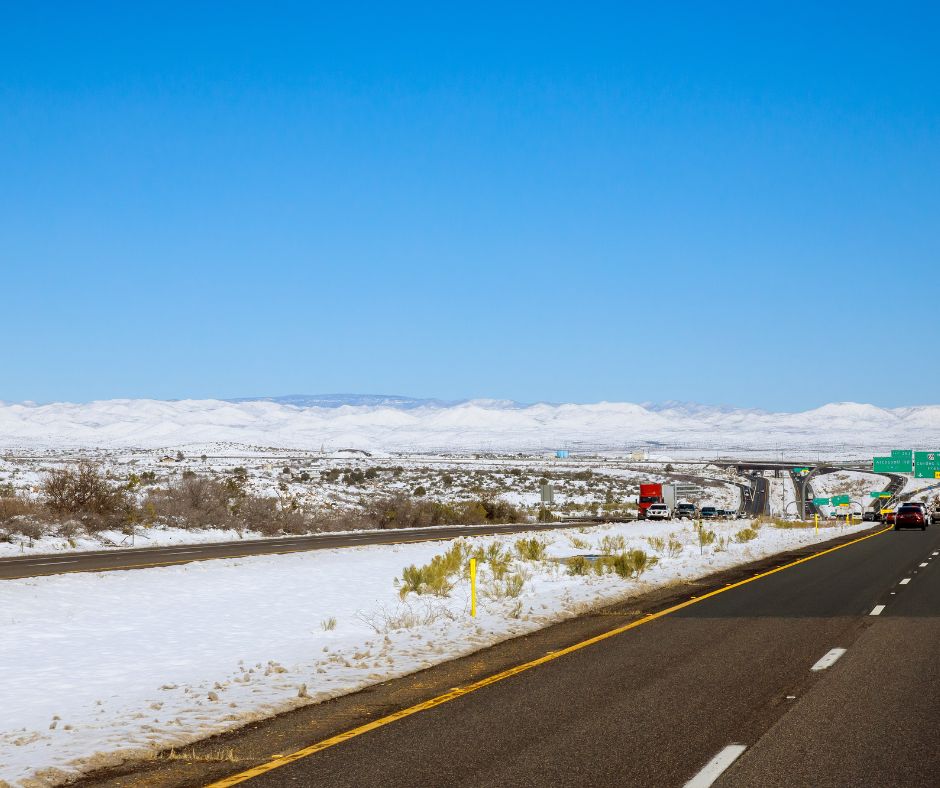
23. Interstate 10 – Arizona
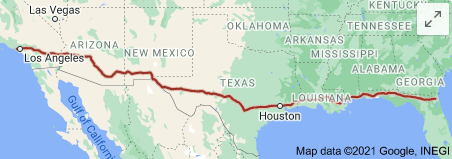
Interstate 10 runs from California all the way to Florida. The 391 miles of Interstate 10 passing through Arizona includes a 150-mile transit between Tucson and Phoenix.
Heavy commuter traffic between the two major cities certainly contributes to the number of car accidents.
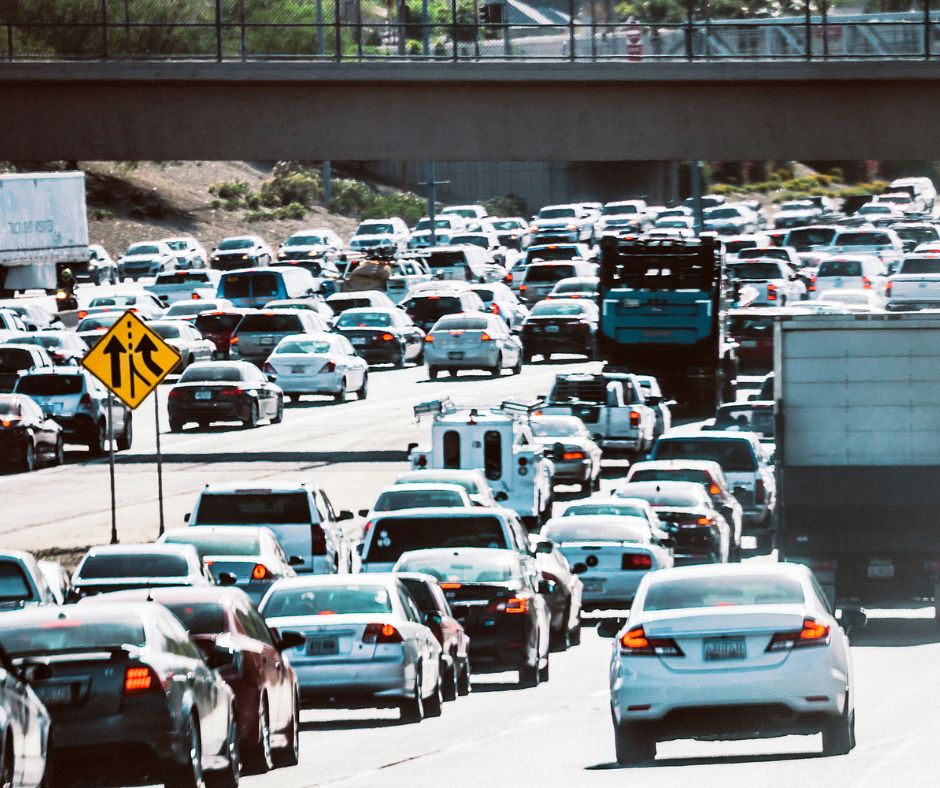
24. I-95 in Miami
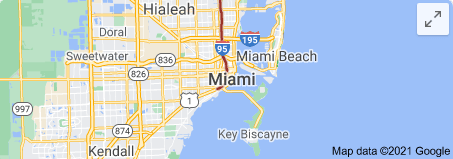
Interstate 95 is the main north-south Interstate Highway on the East Coast of the United States.
A simple commute on the stretch of highway almost always means dodging drivers diving through the plastic poles to get to the express lanes, narrowly avoiding horrific crashes, and sitting in traffic jams that last long.
It`s one of the busiest freeways in the state.
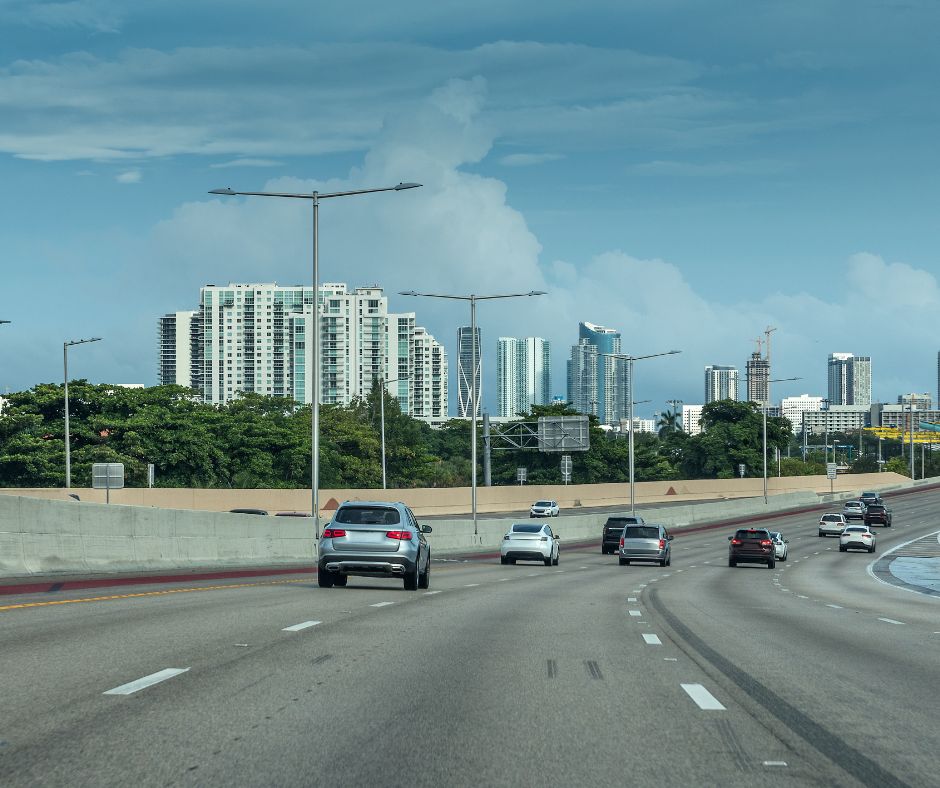
25. Interstate 85 – Charlotte
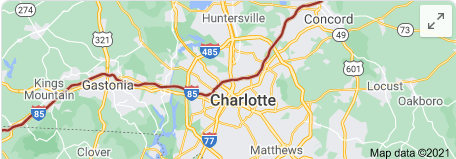
Interstate 85 is a part of the Interstate Highway System that runs from Montgomery, Alabama to Petersburg, Virginia.
Interstate 85 in Charlotte, North Carolina has .613 deaths per mile of highway.
From 2016 to 2019, 408 total traffic deaths have been reported across 666 miles.
The reason for that is drivers that drive unsafely.
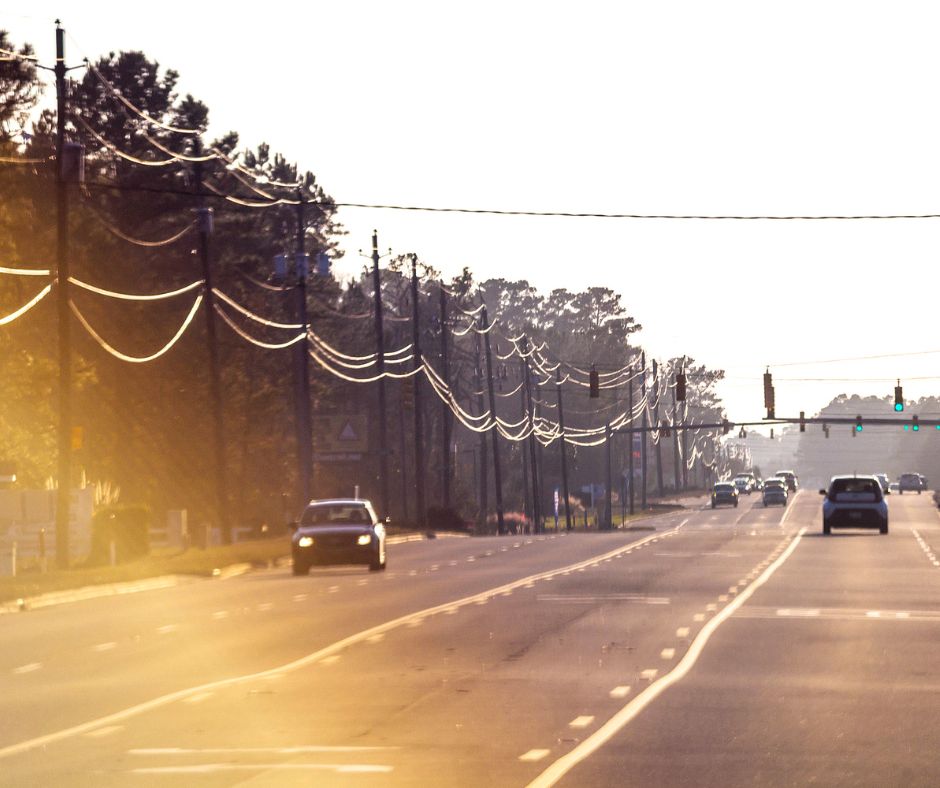
26. U.S. Route 175 in Dallas
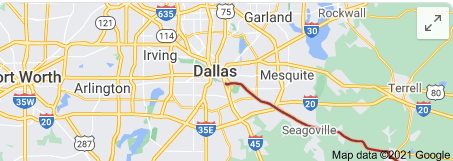
It’s running for about 111 miles east to west from Dallas to Jacksonville, Texas.
The route averages about 0.7 deaths per mile, but almost half of those occur every year in the Dallas section of the roadway.
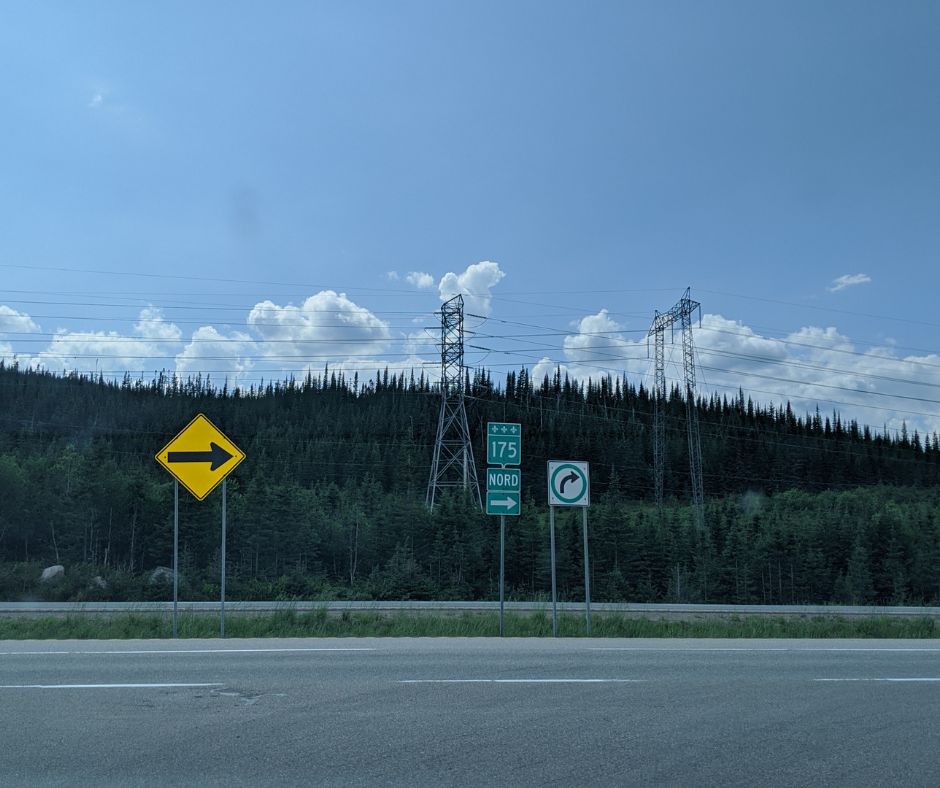
27. Interstate 26 South Carolina
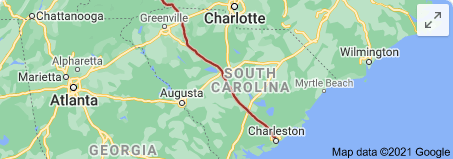
I-26 runs from the junction of U.S. Route 11W and US 23 in Kingsport, Tennessee, generally southeastward to US 17 in Charleston, South Carolina.
Deaths on I-26 average about 1 every 2 miles or .590 deaths per mile
Crashes while traffic is moving, run-ins with trees and overturned vehicles topped the most common harmful events.
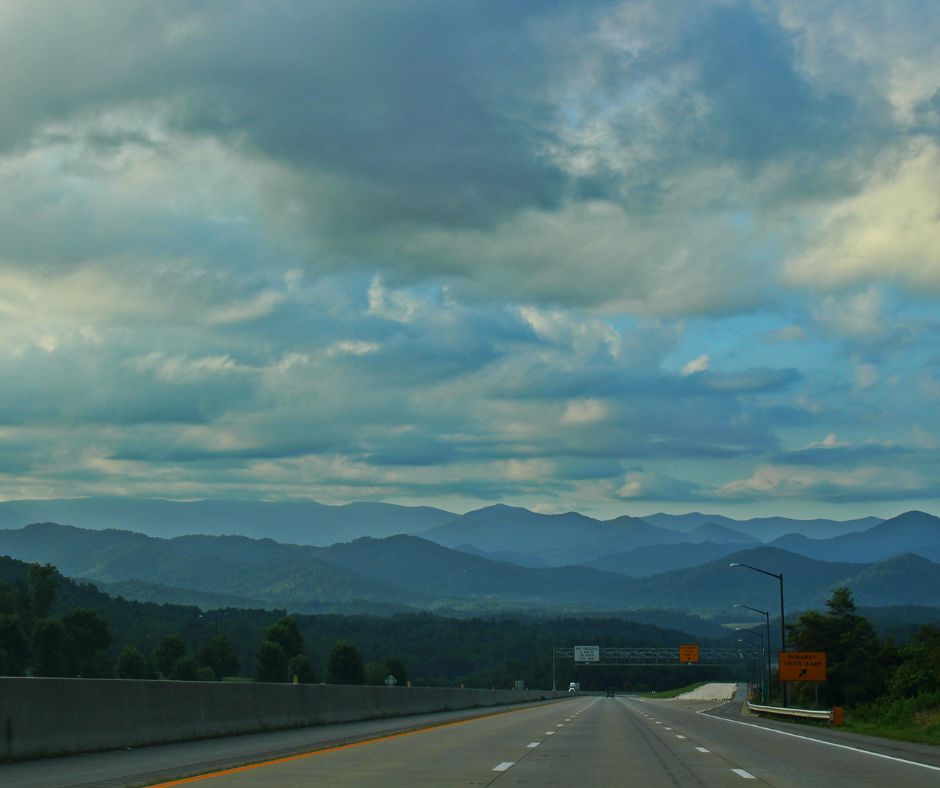
28. U.S. 24 Fort Wayne to Toledo
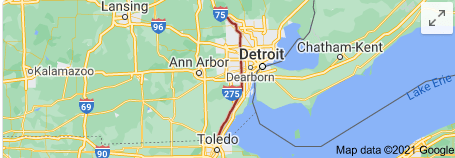
U.S. Route 24 in the U.S. state of Illinois is a major arterial road that runs from the Missouri state line at the Mississippi River in Quincy to Sheldon. This is a distance of 255.13 miles.
The Toledo Blade reported that the road was known for “gruesome head-on collisions” among tractor-trailer trucks that moved materials between factories in Ohio and Indiana.
Near Defiance, Ohio was a “dead man’s curve,” and the entire stretch of U.S. 24 became known as “The Killway.”
At one point, Ohio officials suggested eliminating tolls from the nearby Ohio Turnpike as a way to get trucks to use that wider route more often.

29. Interstate 4

Interstate 4 is an Interstate Highway located entirely within the U.S. state of Florida.
Interstate 4 between Tampa and Daytona Beach is the deadliest stretch of highway in the nation.
The study says the stretch between Tampa and Daytona Beach, which is about 130 miles long, averages more than 1.2 deaths per mile.

30. Highway 99, California

Highway 99 runs through California’s Central Valley, spanning 424 miles from Wheeler Ridge north to Red Bluff.
The highway averages 0.62 fatal crashes per mile.
From Wheeler Ridge to Sacramento, the highway is at least four lanes wide, but north of Sacramento, it dwindles down to a dark, rural two-lane highway in places.

31. Highway 17 in South Carolina
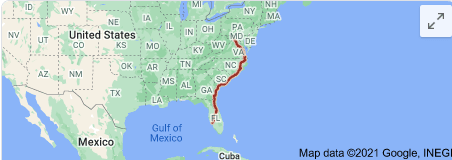
Highway 17, also known as the Coastal Highway, is a north-south United States Highway that spans in the southeastern United States.
It appears to be close to the Atlantic Coast for much of its length.
It has a lot of sharp, blind curves and also a lot of wildlife that jumps on the road.

Conclusion
Accidents are not always caused because of bad road and weather conditions. It’s the human factor that has a huge impact.
No matter where you drive, stick to the rules to reduce the probability of accidents. It’s the best way to stay safe on your over-the-road journey.


